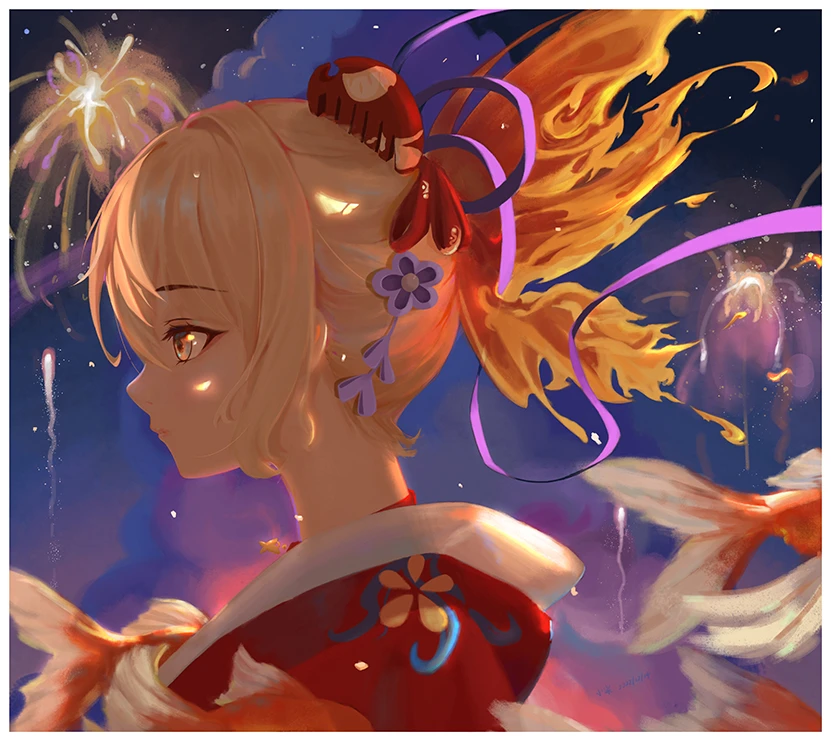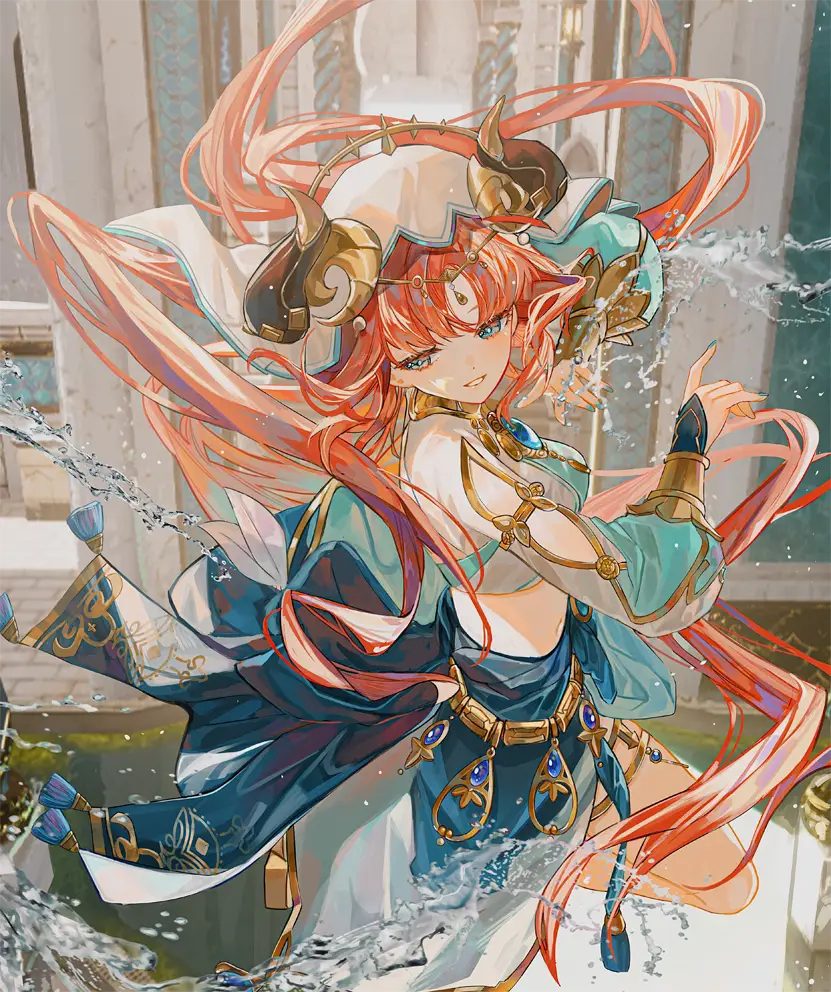Single-Target DPS
Single-target DPS in a free environment.
Multi-Target DPS
Multi-target DPS in a free environment. Effective range is also taken into account, so the evaluated content overlaps slightly with Damage Efficiency.
DMG Startup and Culling
The metric includes the ability to front-load damage and the Culling Line. The former measures how flexible a team can move damage distribution towards the front of the rotation, emphasizes the proportion of damage at the frontend. The latter measures the maximum damage a team can cause at different time points, emphasizes the value of damage at the frontend. This metric becomes more important when the team’s Cost is high.
Rotation Flexibility
The metric measures a team’s ability to maintain expected DPS when the preset rotation is disrupted. The more flexible the rotation, the less impact the rotation rearrange has on the team’s DPS, meaning it’s less likely to lose damage due to factors such as refreshing waves and operation errors. It is related to aura condition, buff dependency, buff cover, energy demand, damage precondition, etc. For example, in Cyno Aggravate Team, due to the mismatch between Cyno’s long rotation and Nahida’s, it is easy to lose DPS when refreshing a wave.
Damage Efficiency
The metric measures a team’s ability to maintain expected DPS across various environments. It is related to factors that may cause missed or incomplete damage, such as the range and distance of the damage method, unit targeting performance, etc. For example, Wanderer’s attack and Yae’s skill are damage methods that are hardly miss. DPS smoothness is also taken into account. The more concentrated the damage is in terms of frequency and time distribution, the higher the cost of missing, which will also lower the metric. This metric combined with Rotation Flexibility, determines the team’s ability to switch fire.
Environmental Adaptation
The metric measures the number of element-related environments and other special environments that a team finds hard to deal with. For example, pure frost team is hard to deal with high Cryo RES, Cryo immunity, frozen shields, frost immunity, etc. The fewer such environments, the better Environmental Adaptation. This is related to the team’s element DPS distribution, shield-breaking scope, shield-breaking efficiency, debuff/buff dependence, etc.
Survivability and Hit RES
The metric measures a team’s ability to survive and resist DPS reduction in stressful environments. It is related to healing, shield, interruption resistance, evasion rate, etc. The metric becomes less important when the team’s Cost is high.
NOTE
- The future content of this blog will focus on team evaluations. I came up with seven metrics to evaluate a team’s performance in Abyss.
- Please note, under different Costs, the performance of the same team varies, and the importance of each metric also differs.
对单DPS
无压力环境下对单DPS。
对群DPS
无压力环境下对群DPS。伤害有效范围也会被考虑在内,考量的内容和伤害有效率的一小部分重叠。
出伤和斩杀
指标包含了输出前置能力以及斩杀线两方面。前者衡量了队伍将伤害分布往轴的前端移动的灵活性,强调伤害在前端的占比。后者衡量了队伍在不同时刻所能造成的最大伤害量,强调伤害在前端的数值。队伍金数高时,该指标重要性上升。
轴灵活性
衡量了队伍在破坏掉预设的输出轴的情况下,能够维持期望DPS的能力。轴越灵活,乱轴对队伍输出的影响就越小,意味着不容易因为刷新波次,操作失误等因素而丢失伤害。和附着依赖,buff依赖,buff覆盖,充能需求,伤害启动条件等因素有关。如赛诺纯激化队,赛诺的长轴q和纳西妲的短轴e不匹配,造成在刷新波次时损失DPS。
伤害有效率
衡量了队伍在各种深渊环境下,能够维持期望DPS的能力。和输出方式的范围,距离,索敌性能等一系列可能导致伤害打空或伤害打不满的因素有关。如散兵的平a,八重的e,都属于不容易丢伤害的输出方式。另外还会考虑伤害平滑程度。伤害在次数和时间分布上越集中,打空的成本就高,这也将降低伤害有效率。伤害有效率结合轴灵活性,决定了队伍的转火能力。
环境适应性
衡量了队伍难以应对的元素相关的环境和其他特殊环境的数量。如纯永冻队难以应对高冰抗,冰免疫,冻盾,冻结免疫等。这种难以应对的环境越少,环境适应性越好。与队伍的元素输出量构成、破盾面、破盾效率、debuff/buff依赖度等因素相关。
生存和受击抵抗
衡量了队伍在高压环境下抵抗减员以及DPS被动降低的能力。这取决于盾奶,霸体,闪避率等。队伍金数高时,指标重要性降低。
- 今后的博客内容会以测评队伍为主。希望可以通过我想的这七个指标来全面的评测一个队伍在深渊的表现。
- 注意,同一支队伍在不同的金数下各指标的表现显然是不同的,同时各指标的重要性也会不同。








